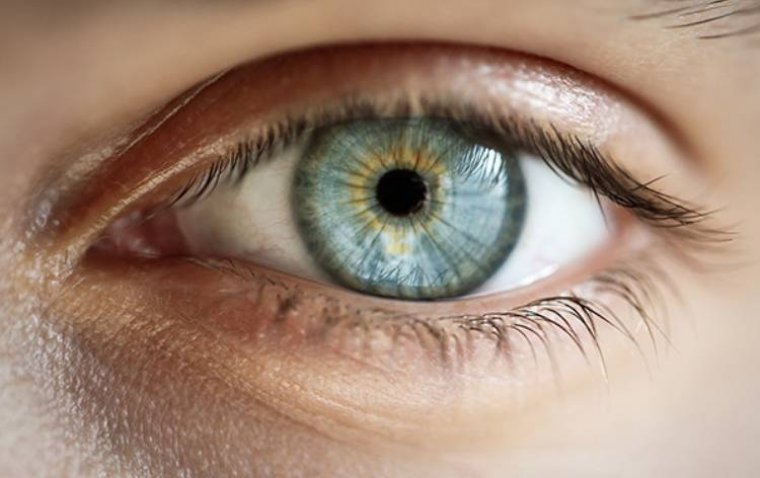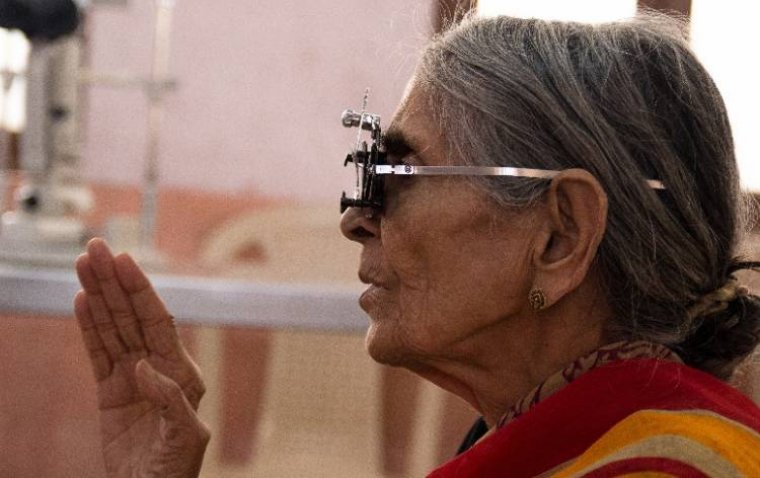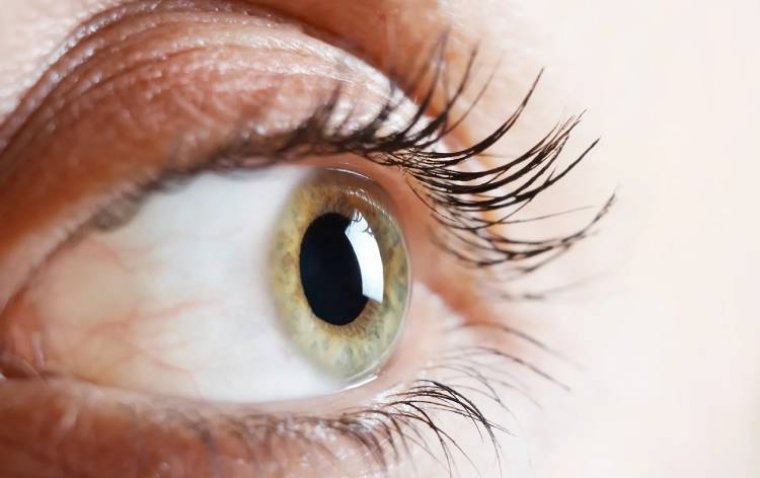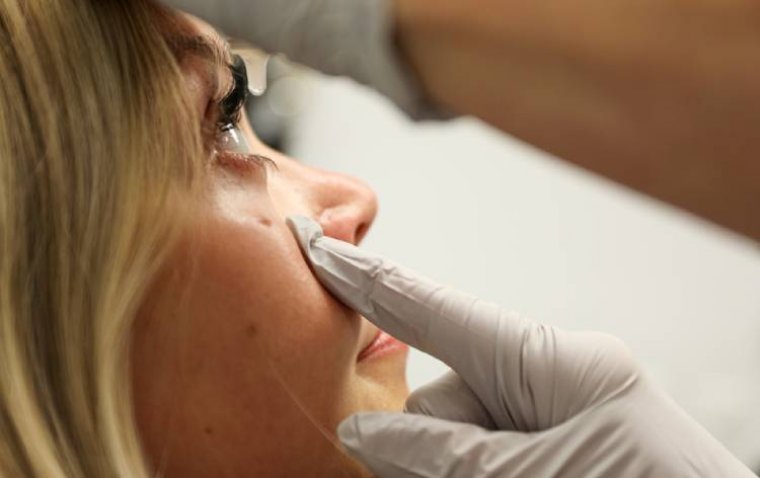
Study Reveals Increased Risk of DR Progression with GLP1RAs Compared to SGLT2is
A new study published online July 19 in Diabetes, Obesity and Metabolism has highlighted significant concerns regarding the treatment of diabetic retinopathy (DR) in patients with diabetes. The research indicates that treatment with glucagon-like peptide 1 receptor agonists (GLP1RAs) is associated with a higher risk of DR progression compared to sodium-glucose cotransporter 2 inhibitors (SGLT2is).
Research Analysis and Findings
Donna Shu-Han Lin, M.D., from Shin Kong Wu Ho-Su Memorial Hospital in Taipei, Taiwan, and her colleagues investigated the effects of GLP1RAs and SGLT2is on the development or progression of DR. The analysis encompassed 1,517 patients treated with a GLP1RA who had DR, 9,549 patients without DR, and 3,034 patients treated with an SGLT2i who had DR, alongside 19,098 patients without DR.
Increased Risk of DR Progression with GLP1RAs
The researchers found that among patients with preexisting DR, the incidence of any DR progression event was notably higher in the GLP1RA group compared to the SGLT2i group, with a subdistribution hazard ratio of 1.50. This increased risk of progression was particularly attributed to a higher incidence of tractional retinal detachment (RD). Conversely, in patients without DR at baseline, the risk of ocular outcomes was similar between the GLP1RA and SGLT2i groups.
"The hazards of retinal events associated with GLP1RA use are probably accentuated in those with a higher baseline risk; whether this is related to more rapid glycemic control with GLP1RA use remains to be elucidated," the authors write.
This study underscores the importance of carefully considering treatment options for diabetic patients, especially those with established DR, to mitigate the risk of disease progression.
About Diabetic Retinopathy
Diabetic retinopathy (DR) is a serious and common complication of diabetes that affects the blood vessels in the retina, the light-sensitive layer at the back of the eye. Over time, high blood sugar levels can damage these vessels, leading to symptoms such as blurred vision, floaters, and even vision loss. DR progresses through several stages, starting with mild non-proliferative retinopathy, where small blood vessels in the retina leak fluid, and advancing to more severe stages that may involve the growth of abnormal blood vessels (proliferative retinopathy) or significant retinal detachment. Formun ÜstüFormun Altı
Reference
Donna Shu‐Han Lin et al, Incidence and progression of diabetic retinopathy in patients treated with glucagon‐like peptide‐1 receptor agonists versus sodium‐glucose cotransporter 2 inhibitors: A population‐based cohort study, Diabetes, Obesity and Metabolism (2024). DOI: 10.1111/dom.15788
(1).jpg)










